Haiti: Displaced Women Face ‘unprecedented’ Level Of Insecurity And Sexual Violence
Thursday, 18 July 2024,
Press Release: UN News Instability in Haiti is fuelling a spike in sexual violence against women and girls as armed gangs continue their assault on the population, the UN agency championing gender equality said on Wednesday.
A new report by UN Women reveals the dire living conditions and lack of security faced by some 300,000 displaced women and girls amid ongoing political instability, escalating gang violence and the threat of the current hurricane season.
In constant danger
Women and girls account for more than half of the 580,000 displaced people in Haiti, and the UN Women Rapid Gender Assessment highlights how makeshift camps, which lack basic necessities, are putting them at particular risk of sexual and gender-based violence.
The survey was conducted in April in the six most populated and diverse displacement sites in the capital, Port-au-Prince.
It found that most camps have no lighting or locks in key areas such as bedrooms and toilets, while residents are exposed to daily threats from the gangs. The constant danger of stray bullets and other security risks further underscore the urgent need for improved protection in these sites.
Aggression against women and girls, specifically rape, is also being used in most camps as a deliberate tactic to control their access to humanitarian assistance, the agency noted.
Appeal to new Government
“Our report tells us that the level of insecurity and brutality, including sexual violence, that women are facing at the hands of gangs in Haiti is unprecedented. It must stop now,” said UN Women Executive Director Sima Bahous.
“We urge the newly appointed Government to take measures to prevent and respond to the violence women and girls are subjected to, and to increase women’s participation in the camps’ management so that their security concerns are listened to and acted upon.”
She added that “humanitarian aid must be safely distributed in line with the differentiated needs of women and girls.”
Resorting to sex work
The report also revealed that nearly 90 per cent of women interviewed have no source of income in the camps.
More than 10 per cent said they had resorted to or considered the possibility of sex work or prostitution to meet their needs at least once, and 20 per cent knew at least one person who had done so.
Other findings include that some 16 per cent of respondents felt intimidated, harassed, or traumatized by armed gangs, and almost 70 per cent said they were mentally affected by the upsurge in violence. Only 10 per cent reported having access to health services in the camps.
Supporting women’s organizations and entrepreneurship
In response to the crisis in Haiti, UN Women is assisting women’s organizations to reach displaced people within host communities and camps, including through projects supported by the UN Women’s Peace and Humanitarian Fund, the UN Peacebuilding Fund, and the German Government.
The agency has also trained police officers to improve prevention of sexual and gender-based violence and provide services to survivors. Additionally, it continues to support women entrepreneurs, who are affected by road blockages and ongoing violence, through a project funded by Norway.
International security mission
Last October, the UN Security Council authorized the deployment of a Multinational Security Support (MSS) mission to assist the Haitian National Police in combatting the gangs.
UN Women urged all stakeholders involved in the non-UN mission to guarantee the immediate protection of women and girls, and to give Haitian women’s organizations a leading role in the management of the displacement camps.
Only two per cent of women surveyed reported having a leadership role in camp management, the agency said, stressing the urgency to both ensure their active participation in decision-making and implement immediate protection measures.
© Scoop Media




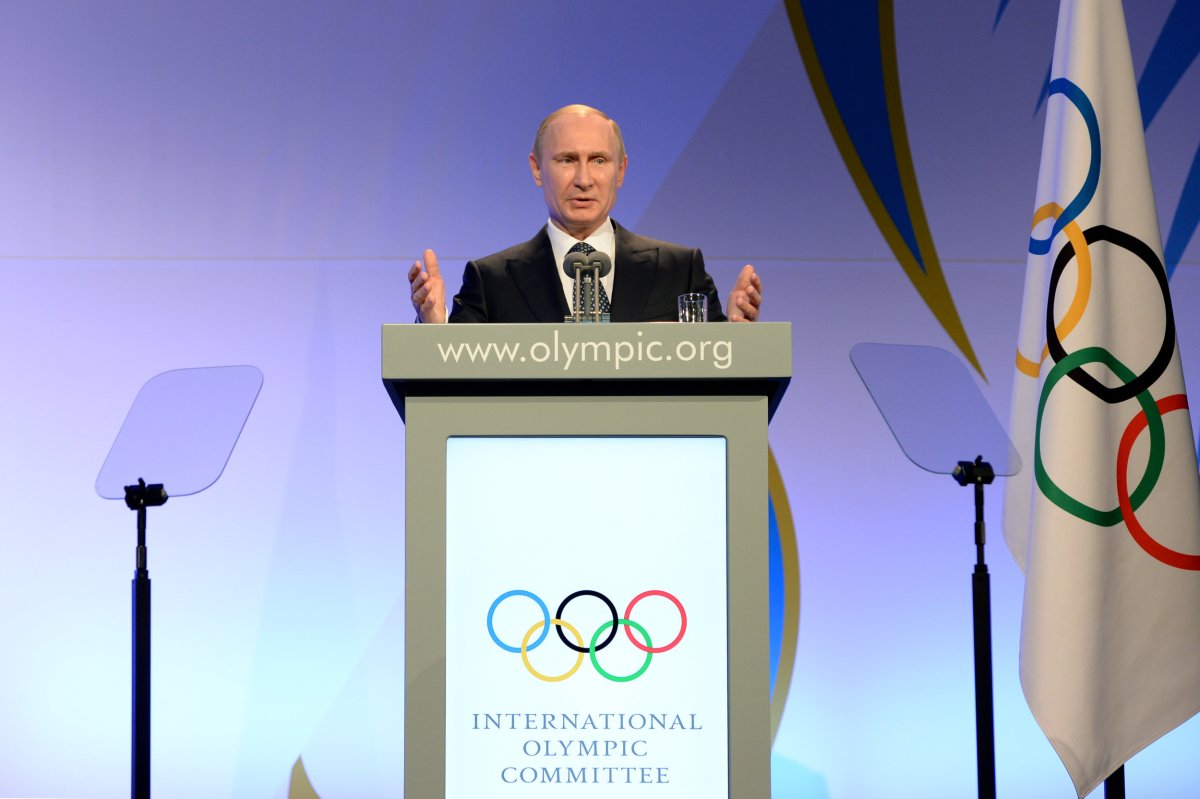
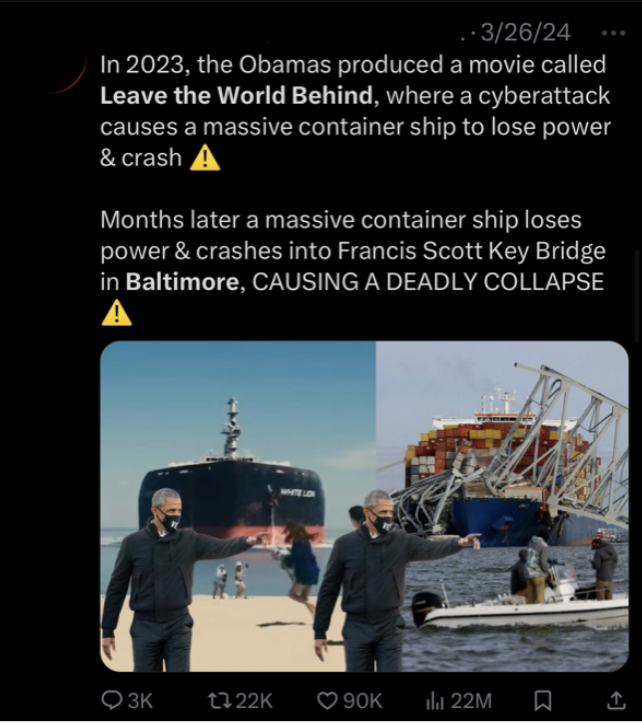
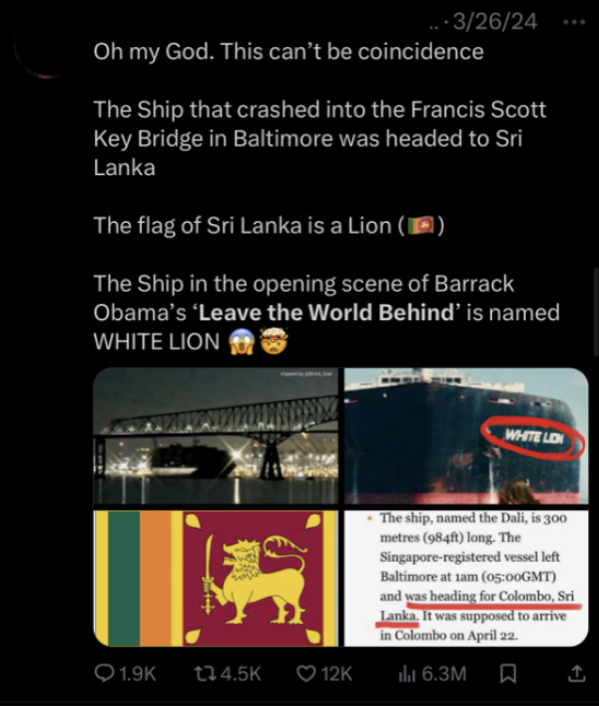



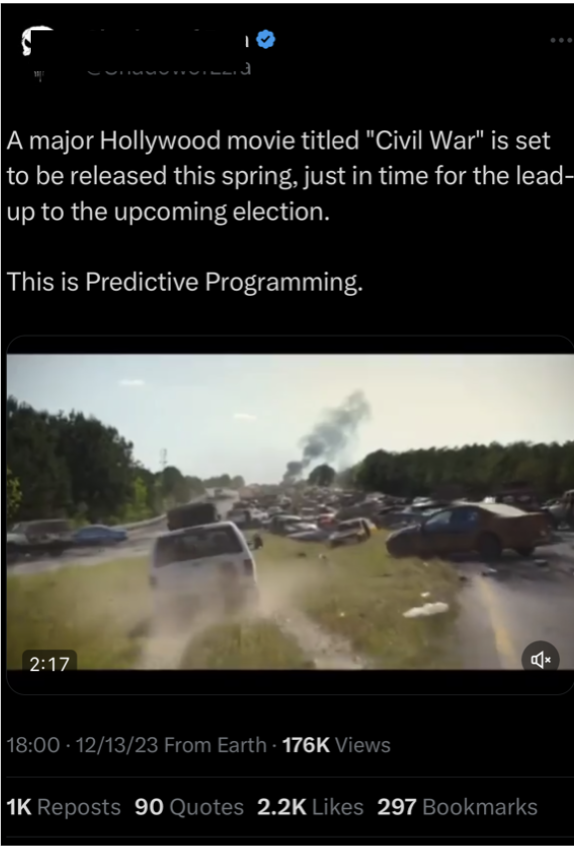

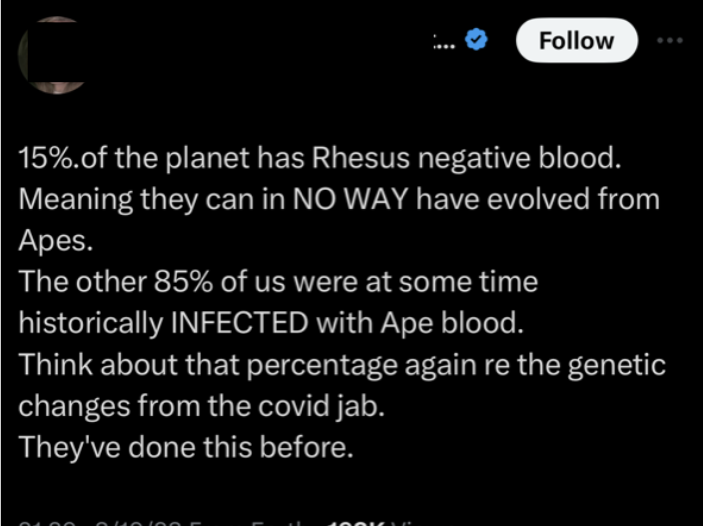







 Jane McAlevey speaking at the Irish launch of her last book, Rules to Win By, hosted by the Irish trade union Fórsa, 9 November 2023.Photo: Fórsa
Jane McAlevey speaking at the Irish launch of her last book, Rules to Win By, hosted by the Irish trade union Fórsa, 9 November 2023.Photo: Fórsa